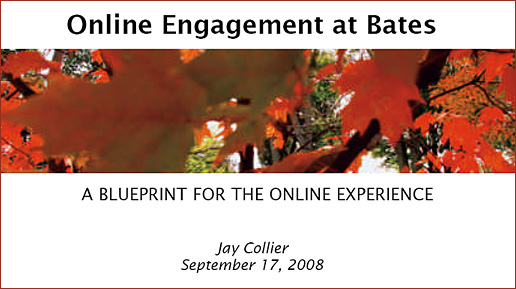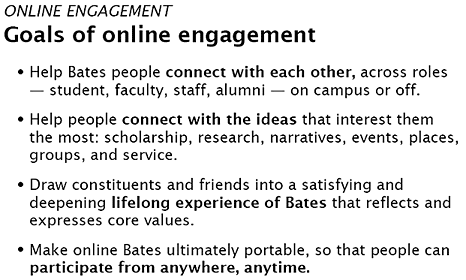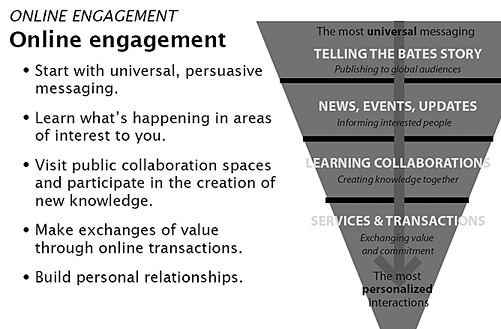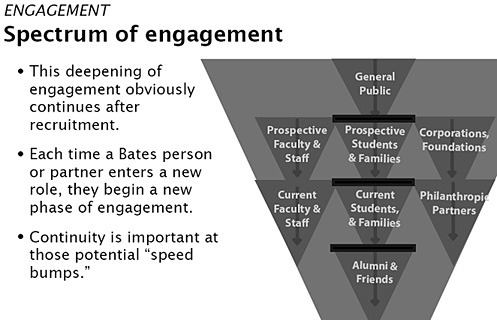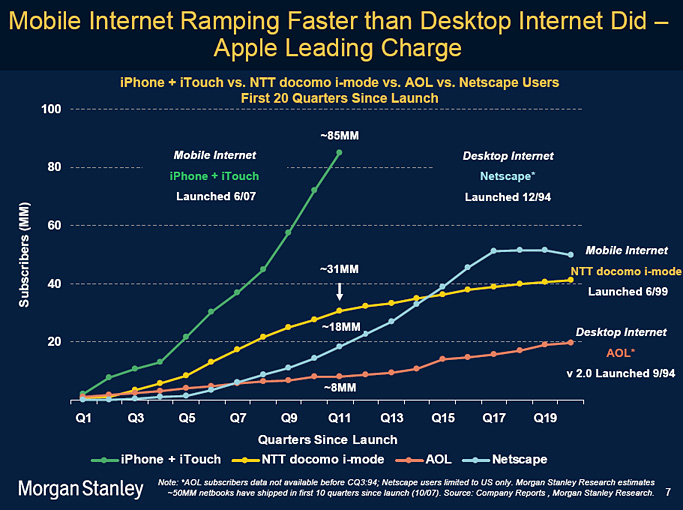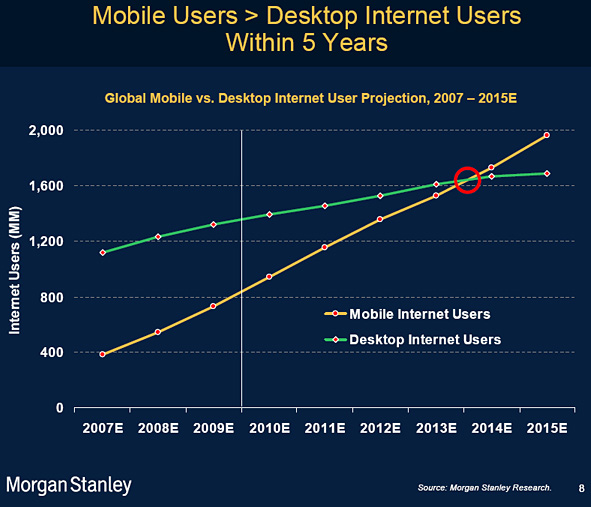Colleges not training students for careers that are growing — from ASTD
(From USA Today) WASHINGTON — The United States economy is in serious danger from a growing mismatch between the skills that will be needed for jobs being created and the educational backgrounds (or lack thereof) of would-be workers. That is the conclusion of a mammoth analysis of jobs data being released today by the Georgetown University Center on Education and the Workforce.
From the article at USAToday:
Colleges may like much of the rhetoric surrounding the report, which will be released officially today at an event scheduled to feature representatives of the Obama administration and the Bill & Melinda Gates Foundation. The clear implication of the report is that the United States needs to spend much more on higher education — and in particular on the educations of those who are not on the fast track to earning degrees at elite institutions. But the lead author of the report said in an interview that the report should also shake up colleges — and challenge most of them to be much more career-oriented than they have been and to overhaul the way they educate students, to much more closely align the curriculum with specific jobs.
The colleges that most students attend “need to streamline their programs, so they emphasize employability,” said Anthony P. Carnevale, director of the Georgetown Center.
From DSC:
Regarding the highlighted sentence immediately above….when it costs a significant amount of money — per student — to get them through college, can todays’ students afford to look at their college investments in any other way?
Really, come on…if things don’t change, can we expect our students to pursue a love of learning for learning’s sake? Or will the ever-growing debt on their backs continue to influence how they view their learning experience? Their expectations? The classes that they take and the programs that they pursue?
It’s one thing to graduate in 1970 with a $1,000 on your back…it’s another, to graduate in 2010 with $65,000 on your back.









